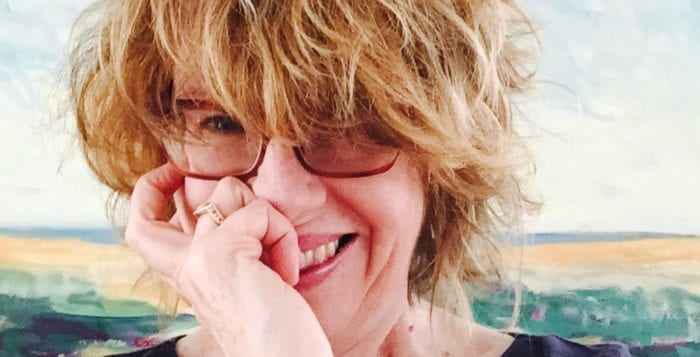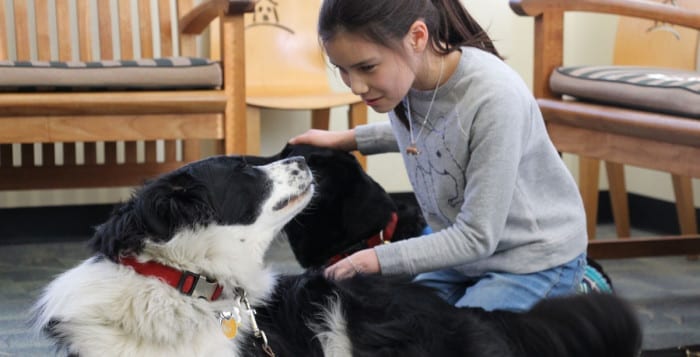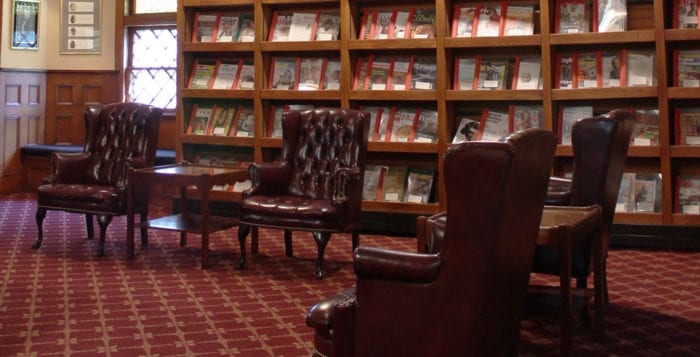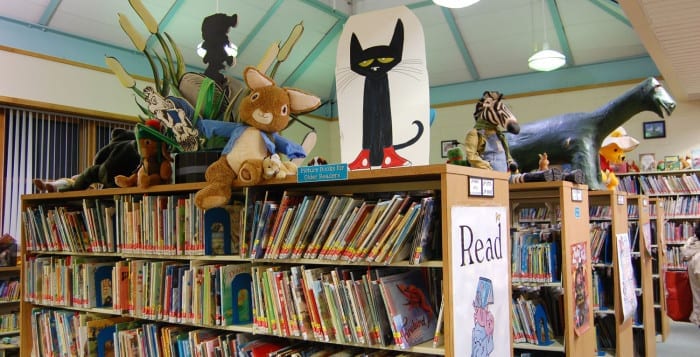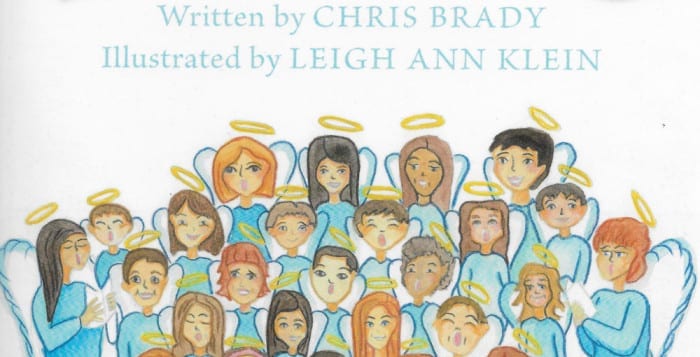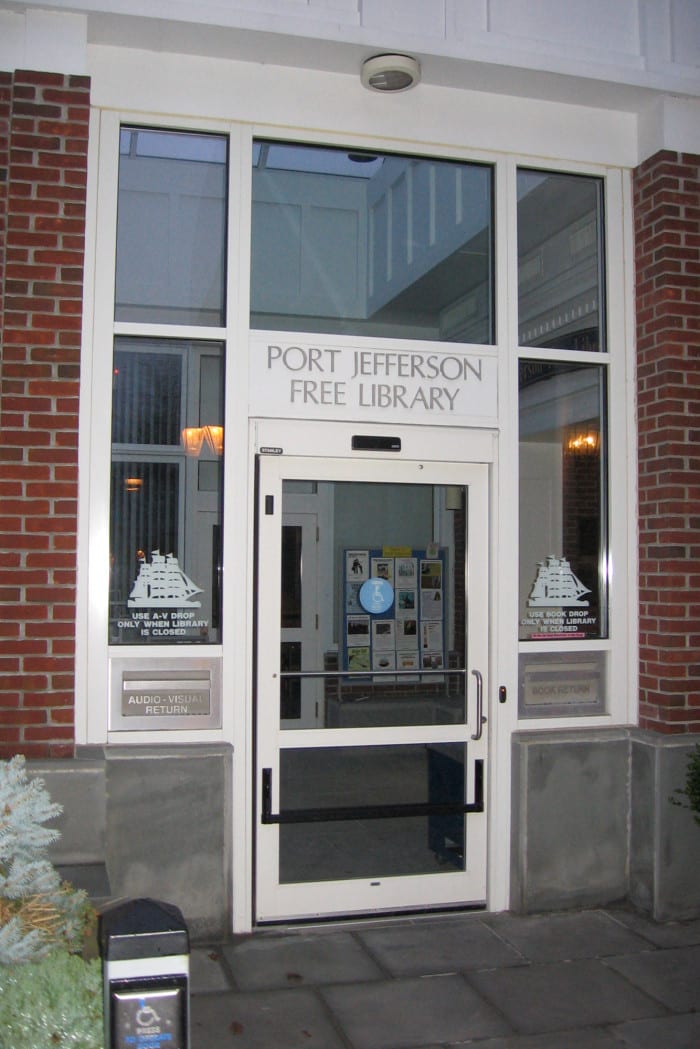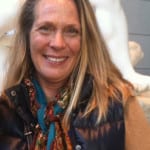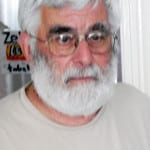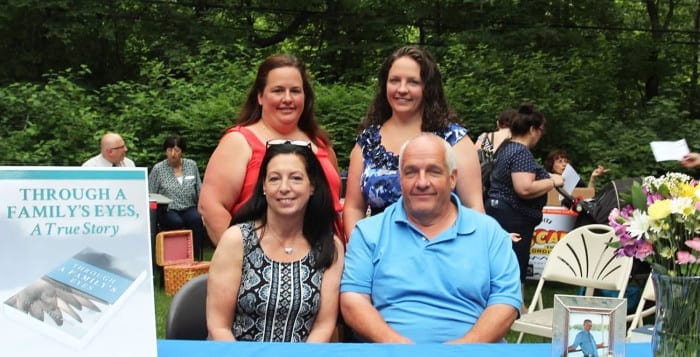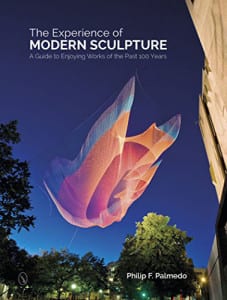By Melissa Arnold
Sheree Jeanes has always loved animals, and last fall she channeled that passion into a captivating new children’s book. Jeanes, who grew up in Brooklyn and now lives in Huntington, published “Simon and Sedef: A Seal’s First Adventure” in November. A portion of the book’s proceeds will be donated to the Riverhead Foundation for Marine Research and Preservation.
I recently had the opportunity to speak with Ms. Jeanes about her book and what’s in store for the future.
Tell me a little bit about your background.
I’ve worked in marketing for close to 20 years now. I’ve also done grant writing, and I have my own copywriting business called Redwing Copywriting.
Have you always been interested in writing?
I always wanted to write children’s books. I have a collection of children’s books at home that inspire me, and I finally found the courage to do it.
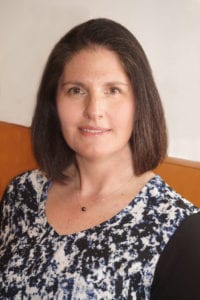
Briefly summarize the plot for us.
“Simon and Sedef: A Seal’s First Adventure” is about a young seal who gets swept up in a sudden storm and is separated from his mother, Sedef. He needs to tap into his own resiliency, to see what he’s capable of, and learn to lean on others with trust.
What inspired you to write “Simon and Sedef”?
My mother-in-law lives in Rockaway Beach, which is a part of the story. Several years ago there was a story in her local paper, The Wave, about a little seal that got washed up on the beach, and it sparked my imagination. Simon’s story grew around him. When I got the idea for this book, I could see where it was going. I knew how it would end and that there could be sequels. I was able to enlist a friend who very generously edited and story boarded the book for me, and we went from there.
There are so many ways to write about marine life conservation efforts. Why did you choose to write a children’s book?
Honestly, I love to learn through stories. Historical novels are a great way to learn about different periods in history, for example. I did a lot of scientific research for the book, and when I do readings, I always bring someone from the Riverhead Foundation for Marine Research and Preservation. They always have an incredible wealth of knowledge to share and are able to answer additional questions about marine life while sharing how important it really is to all of us.
Who is your favorite character in the book?
My favorite character is Rita, a little girl that Simon meets on the beach. She’s actually named after my mother-in-law. Part of the book is about connection and being sensitive and kind to animals. She embodies what kids are able to do (if they encounter an animal), to engage them with respect on (the animal’s) own terms. She reflects the connection that humans and animals share and the animal part that exists in all of us. It’s a really beautiful part of the story, and she’s a lot of fun.
“Simon and Sedef” is full of vibrant, lifelike illustrations. Were you involved in the art development?
I’m not an illustrator, but I was a part of the process. I went onto (arts and crafts sale website) Etsy and put out a job request. I got a bunch of responses and spent a lot of time looking through portfolios. The artist I chose worked with these brilliant watercolors, and she was able to paint animals with so much expression and sensitivity. I ended up choosing her to do the illustrations — her name is Luminita Cosarenu and she’s from Romania. She was just lovely to work with. I told her what I had in mind and we went back and forth for a while until it was just right. She started with pencil drawings and finished with watercolor. They are just magnificent.
The Riverhead Foundation for Marine Research and Preservation plays a big part in your story. Can you tell me a bit about what they do and your decision to work with them?
The foundation would have rescued Simon in the real world and they do such incredible work — it only seemed fair to include them in this way. We’ve been working together from the early stages of the publication process to figure out how to best promote the book and all of the great things they do. They do a lot of animal rescue, particularly of seals and sea turtles. They’re also affiliated with the Long Island Aquarium, where some of the rescued animals will remain for a while or even their lifetime if they can’t be released.
Is there a recommended audience for “Simon and Sedef”?
I think the littlest of kids should probably have the book read to them, but there’s nothing inappropriate for them in there. I did make it a little scary, but even younger children really tend to enjoy that.
What do you hope readers will take away from the book?
Every human character in the book is kind and also respectful to animals. That’s really the central message of the book — living and treating others with compassion.
What are some things we can do right now to help preserve marine life?
We can pick up after ourselves! So much garbage ends up going out to sea, where animals end up being choked or swallowing things that can impair their digestion or kill them. As for the bigger picture, go and experience the wildlife that’s all around us. Bring your kids. Lastly, really support the people who are out there doing the work of preserving marine life, whether that’s the foundation or another organization you care about.
What’s next for you?
I’m really enjoying the adventure of self-publishing and self-promotion right now. There is a sequel for Simon in the works right now that will be coming out soon — as you might expect, he has plenty more adventures to go on!
Where can people learn more about you or purchase the book?
My website is www.shereejeanes.com. I also have a Facebook page and an Instagram account to keep people up-to-date about the latest developments in my writing.
In celebration of World Oceans Day, Sheree Jeanes will hold a book launch on Wednesday, June 8, at the Long Island Aquarium, 431 E. Main St., Riverhead from 3 to 5 p.m. “Simon and Sedef: A Seal’s First Adventure” may be purchased online at Amazon and Barnes & Noble, as well as at Book Revue in Huntington.


